-
Car Reviews
- All reviews
- Midsize SUVs
- Small cars
- Utes
- Small SUVs
- Large SUVs
- Large cars
- Sports SUVs
- Sports cars
- Vans
Latest reviews
- Car News
-
Car Comparisons
Latest comparisons
- Chasing Deals
Six years on one of Mazda’s semi-premium debutants, the CX-30, continues its steady course in local showrooms. But does it keep in step with the times?
Chasing Cars has had numerous critical swings at Mazda’s CX-30 since the nameplate arrived locally in 2020, wedging itself between the small CX-3 and mid-size CX-5 as a modest crossover with ‘two-digit’ premium aspirations. And it’s been four years since a single ‘garage’ review, as we call it, has lobbed into our website pages before you.
Is the CX-30 still relevant in 2025? And can it maintain lockstep with the times – especially in its fanciest and priciest Astina guise?
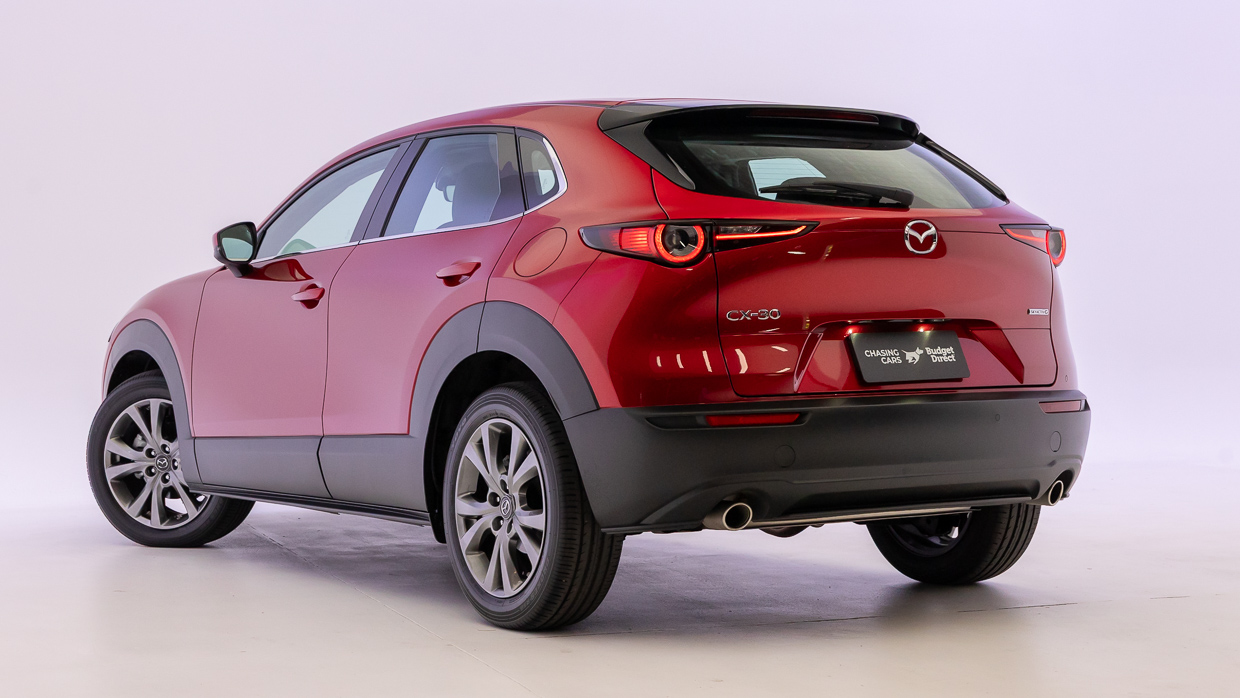
Many buyers think so. The CX-30’s vast 16-variant lineup sits as the sixth-strongest seller among small SUVs in 2025 at the time of review, with 10,295 examples sold (to end of October, according to industry VFacts).
The ageing Mazda has thus far been outsold by the gen-two Hyundai Kona (19,028), MG ZS (17,758), Chery Tiggo 4 (15,864), Haval Jolion (15,741) and Toyota Corolla Cross (10,438), none of which existed in local showrooms when CX-30 launched.

The market’s clear preference for newer, largely techier small crossovers surely puts added pressure on the Mazda stalwart’s ability to swoon new buyers with its semi-premium schtick and value quotient, especially for higher grades such as our big-engined (G25), front-driven, high-grade Astina, the penultimate version in showrooms.
Still worth shortlisting? Let’s find out…
Choice? You’re spoilt for it with CX-30. Six variant grades (Pure, Evolve, Touring, Touring LE, GT SP, and Astina) kick the gambit off from $35,990 driveaway and scale up to an all-you-can-eat Astina G25 AWD, at around $49,350 driveaway, before options…
All grades bar the GT SP can be had with 114kW/200Nm ‘G20’ power, while Touring and Astina grades offer a choice of a more powerful 139kW/252Nm ‘G25’ engine (standard on GT SP). Astina and GT SP can also be opted with all-wheel drive. Manuals were dropped in 2024.
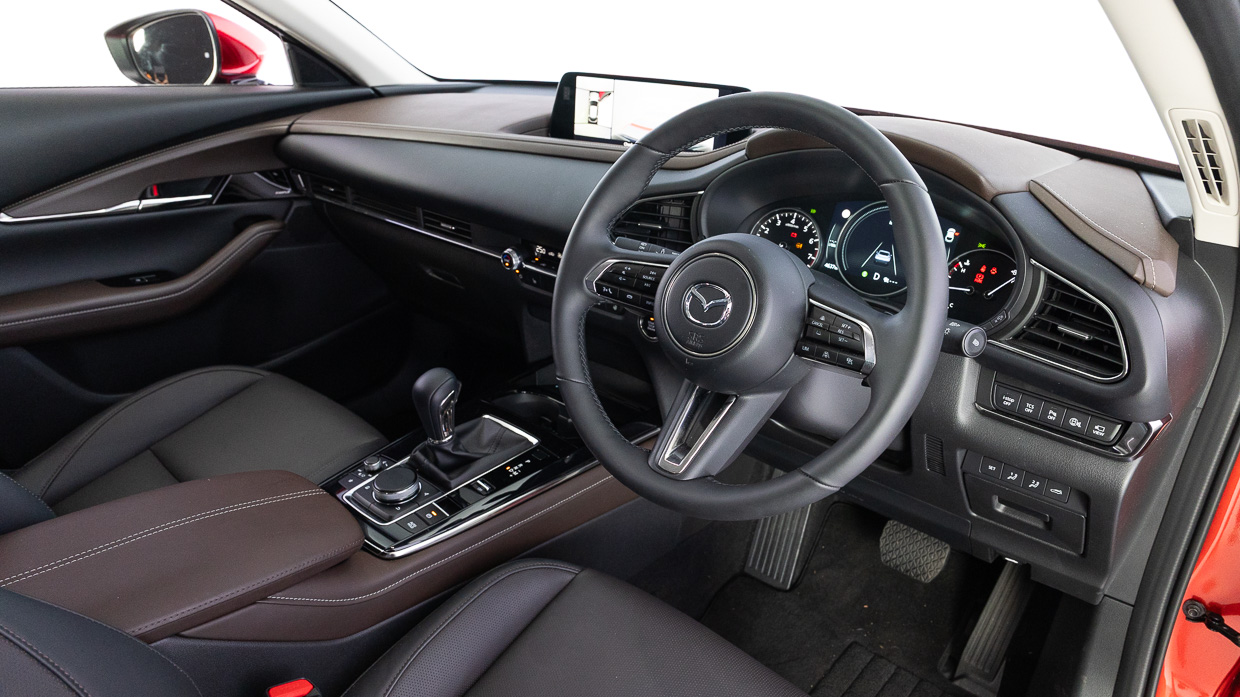
Our Astina G25 FWD lists at $46,460 though Mazda’s online configurator has it at $47,863 driveaway (in NSW) once you add Soul Red metallic paint ($595), at the time of review. The total outlay saves $2000 from choosing a dead-ringer fitted with all-wheel drive.
Standard features on our Astina flagship grade includes:
The CX-30 range is available in nine different colours, with hues such as Soul Red, Polymetal Grey, Zircon Sand and Machine Grey metallics commanding $595 extra. While black leather is the only interior choice, burgundy leather is offered in the GT SP grade.

Satin chrome 18-inch 10-spoke wheels are offered at a $2144 upcharge.
The lineup is quite well-specified in lower grades and a lot of Astina’s nicer features can be had in an optional Vision Technology package ($1300-$2000) offered on cheaper grades.
There’s no denying this small SUV drives with an indicative ‘Mazda’ character, one that’s garnered many Aussie fans over the years. It’s somewhat sporty, somewhat rorty, and compared with contemporary segment rivals, somewhat yesteryear.
Good, old-fashioned natural aspiration leaves the larger 2.5-litre engine peaky off the mark but absent of midrange shove. At least, the sort of shove owners of turbo and/or hybrid vehicles have become accustomed to.

Its 252Nm peaks right up at 4000rpm, meaning there’s little coercing wheelspin in anything other than very slippery conditions. Would urbanites need the all-wheel drive option? Perhaps not, though the traction benefits ought to be attractive to regional buyers.
Sadly, the 2.5-litre turbocharged option, outputting around 185kW and 434Nm, released in some overseas markets never made its way Down Under.
So the CX-30 brings a certain sense of urgency, yet it’s actually quite slow. Not the worst in its segment, but call it 8.5 seconds for 0-100km/h.

Its point-and-shoot capabilities around town mask this to some degree, and nor is it as lethargic as you might expect overtaking at highway speeds, surely due in part to the crossover’s lithe 1479kg kerb weight.
Where the Skyactiv powertrain, with its modest six-speed conventional automatic, drops the ball the lowest is in low-speed refinement. It’s quite jerky and shunty, both around town and, surprisingly, at a highway cruise – lacking polish and complete with an audible rasp that suggests it’s working often for its keep.
The rest of the on-road experience is, by 2025 measures, slightly off-kilter. The steering weight is seriously leaden for a small-stature SUV, as if it’s been ported over from an MX-5. Hefty at low speed, it does become more fluid with pace.

The ride quality is taut, if not overly firm, with nice compliance in spite of the large 18-inch wheels. Thus, combined with the low vehicle weight, the CX-30 is reasonably engaging at most speeds and can be downright fun on a twisty backroad.
In fact, it’s a surprisingly fluid and resolved punt, with a quite sophisticated ride calibration for a vehicle underpinned by a platform that utilises a torsion-beam rear suspension design.
Will all owners drive their CX-30 Astinas hard? No. But with agility and capability comes fundamental core safety, because it’s generally composed and surefooted during touring and will react well to a driver’s whims during potential emergency manoeuvres.

Braking has never been outstanding in CX-30s we’ve tested in the past – the AWD Astina tested in 2023, with larger rear brakes, recorded a measure beyond 40 metres for a 100km/h emergency stop, which is pretty average.
But for general driving, the anchors hold up just fine.
Suave and somewhat minimalist, the CX-30’s cabin design – first seen in Mazda 3 – remains fresh, despite advancing years. It has a classy and mature vibe in a segment too often compelled towards ‘youthful’ chintz in 2025.
From the driver’s perspective, the smart, thin-rimmed wheel is framed by an arrowhead dash fascia, with clear sight of the semi-digital instrument binnacle from the sporty, low-slung seating. While the pure-white trim option is no longer offered, the chocolate brown accents add interest to a mostly dark grey theme.

The front seats present well and are fundamentally good, but suffer a lumpiness in the seatbacks that’s tough to adjust out. Small gripes. But where the cabin space really betrays its age is in some of the details.
Case in point is the media system. The console-located rotary-push controller, first pinched from premium Euros, is a clumsy interface well past its use-by date and one that motoring has mostly moved on from.

It’s not great. The ‘widescreen’ 10.25-inch display creates an odd perspective, especially for the woeful fish-eyed parking camera app, and it’s located a mile from the front occupants, making touch functionality a stretched reach.
At least it doesn’t lockout the screen’s touch functionality on the move anymore.
So you’re left to negotiate the likes of Apple CarPlay via the rotary-push dial, which is infuriating and distracting, especially when escaping the phone app and reverting to your media streaming app of choice.
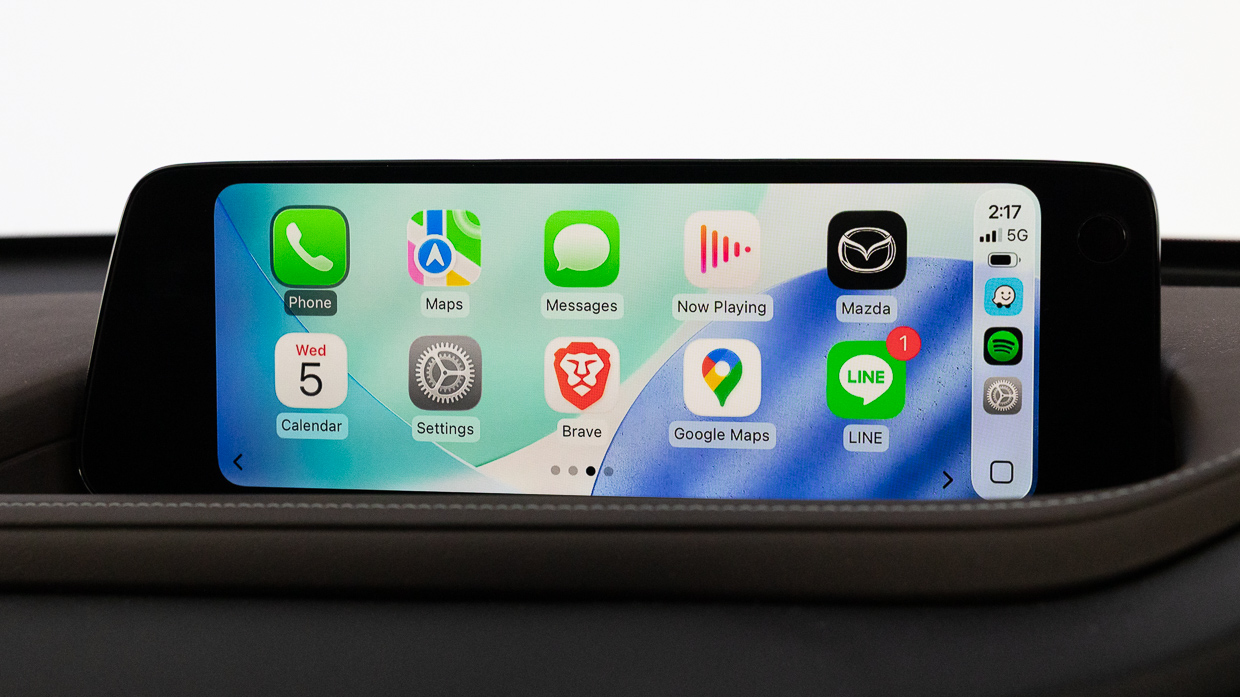
Mazda is effectively stuck with this media format in these older models, where changes to technical vehicle architecture remain a barrier. Maybe next gen…
Media was updated in 2024 for wireless smartphone mirroring, but it’s not a great update: your reviewer’s phone wouldn’t charge without surgical device placement, and even then only with the phone cover removed. A small if ever-present annoyance.
The dual-zone climate control is a typical Japanese design in that at anything less than an indicated 25 degrees it pumps cold air like it’s a refrigerator. And the Bose-branded 12-speaker audio – one of a few Astina exclusive features – is merely fine in terms of audio quality and fidelity.
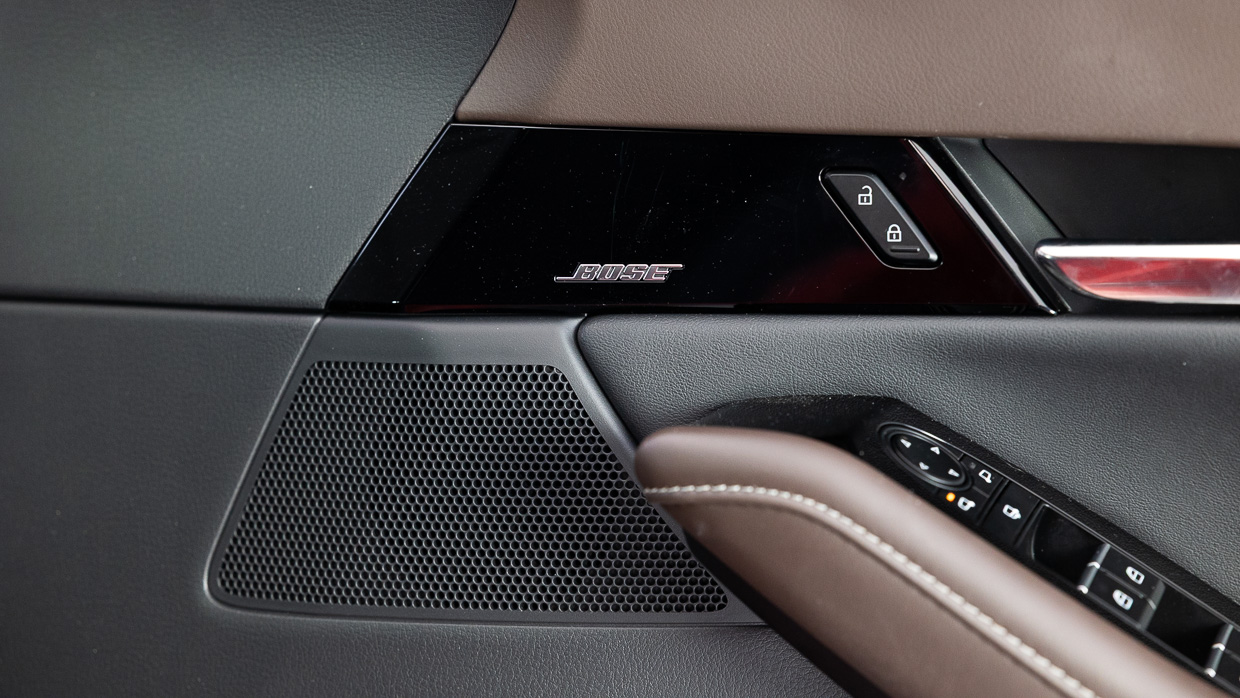
But the overall vibe remains one of solidity and quality, and CX-30 will charm many buyers, especially those nonplussed about user-interface slickness and new-feel tech.
Row two, space wise, is where ‘CX-4’ branding might’ve made more sense, given it’s where the spatial slot between CX-3 and CX-5 rings truest. Knee, head and toe room are all, well, okay – so call it a slightly-large-ish-small-SUV, then…

The back seat is quite comfy and nicely contoured, at least with the bucketed outboard seating of what’s clearly a four-adult prospect, because the centre position is shaped ostensibly for emergency use only.
The material finish is quite good, delivering on those semi-premium promises, but the quality of the leather trim is, like up front, merely decent – a lot of new-world, faux-leather trimmings are more supple than what’s offered in the CX-30.
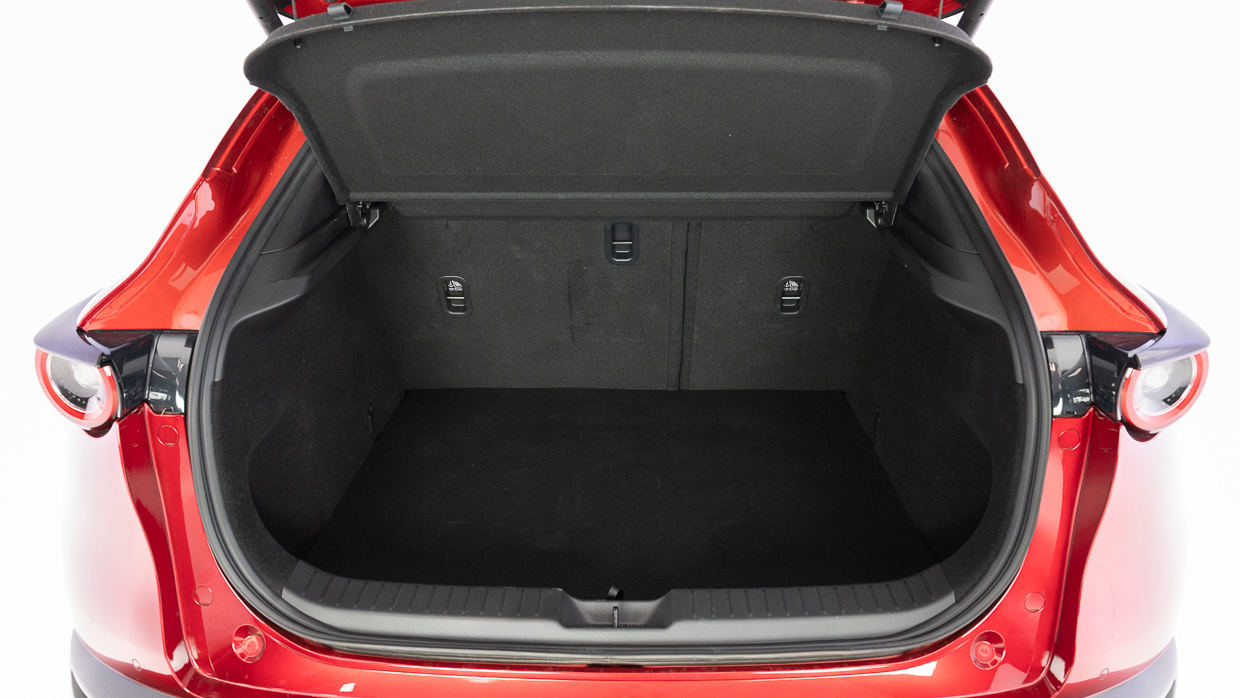
Where CX-30 isn’t quite so large-ish-small is in boot space, which is a paltry 317 litres, no matter which variant you choose.
Interestingly, the front-drivers like ours get a larger 51-litre fuel tank, while AWD versions fit 48L, to afford identical boot volume, which is smaller than what European CX-30’s quote, though the Aussie spec does fit a space-saver spare under the floor.
At the time of review, the CX-30 was still rated as a five-star ANCAP proposition, based on six-year-old protocols (crashed by Euro NCAP) date-stamped from 2019. Further, its current five-star status is due to expire in December 2025.
For its assessment era, though, the CX-30 performed well: 99 and 88 percent respectively for adult and child occupant protection, 80 percent for vulnerable road user protection and 76 percent for safety assist.

The Astina gets the model’s full safety gamut including:
During our assessment, most of the ADAS systems worked well and the driver monitor system was unobtrusive. The only hyperactive system proved to be the front cross-traffic alert, that would trigger regularly while stopped at T-junctions.
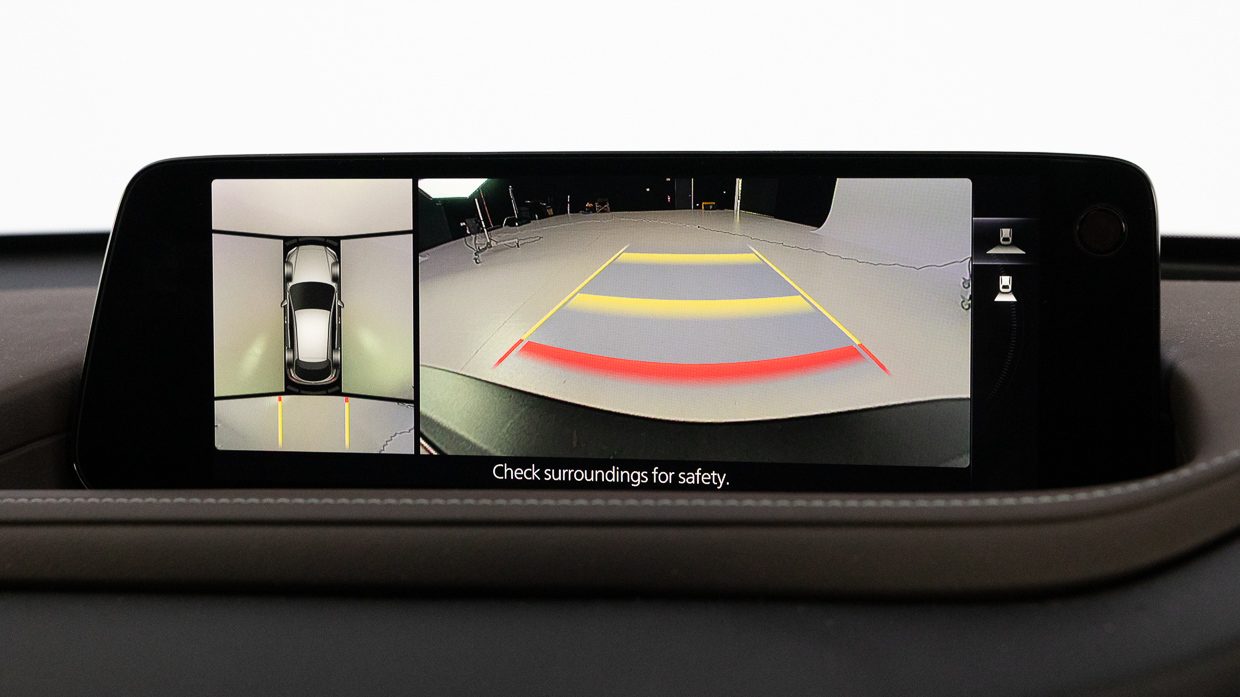
Lower-grade CX-30 variants can be optioned with the aforementioned Vision Technology package, which adds 360-degree cameras, front parking sensors, cruising and traffic support, driver monitoring and front cross-traffic alert functions.
The G25 powertrain’s hard-working nature is reflected in fuel consumption. A claim of 6.6L/100km combined is fine enough, though it’s only marginally thirstier than the underpowered 2.0-litre G20 powertrain (6.3L/100km claimed).
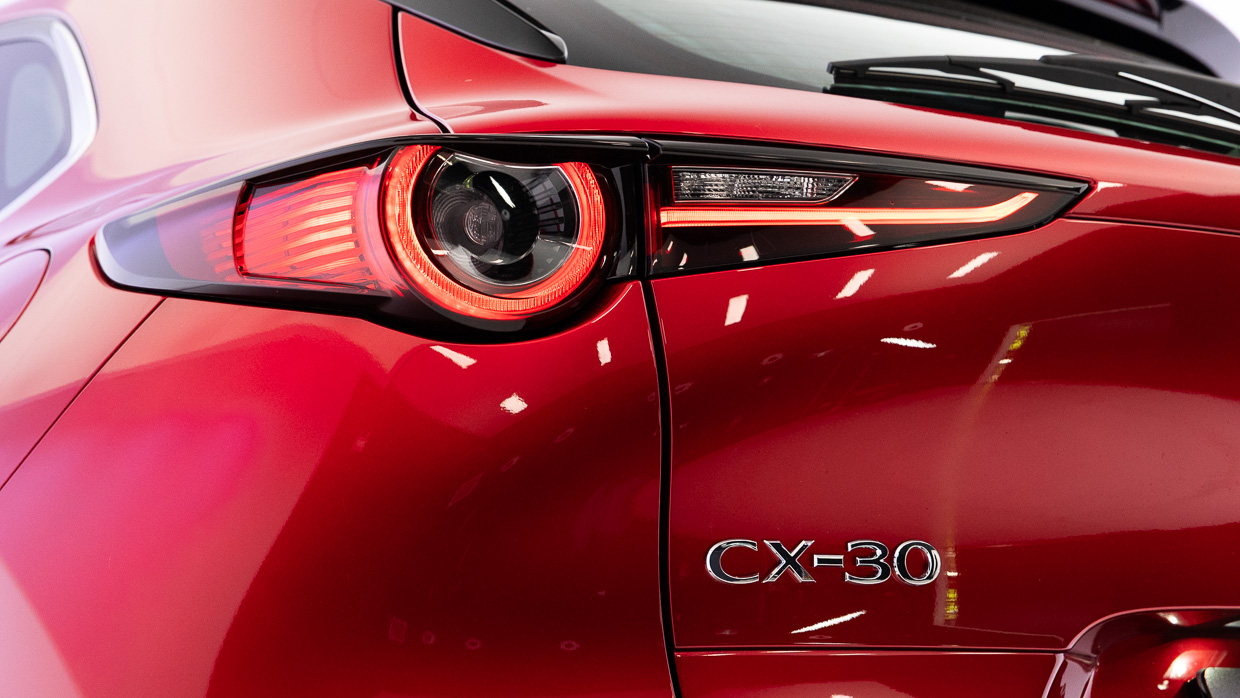
On test the CX-30 averaged 7.8L/100km for our week of assessment. However, consumption would rise almost to double figures around town – easily twice that of small-stature hybrids such as the Toyota Corolla Cross. That said, the Mazda will run on cheap 91-octane fuel or E10.
Servicing costs $2251 for a five-year pack, with intervals of 12 months or 15,000km between visits. Warranty is an average five years of unlimited-kilometre coverage.
Mazda’s premium push in the past decade has outputted some enticing models and the CX-30 is certainly one of them. It appealed out of the gates six years ago and will continue to do so for buyers whose tastes aren’t necessarily skewed towards the latest and flashiest, especially in the details.
However, in critical assessment it’s a case of (still) good news, and bad news.
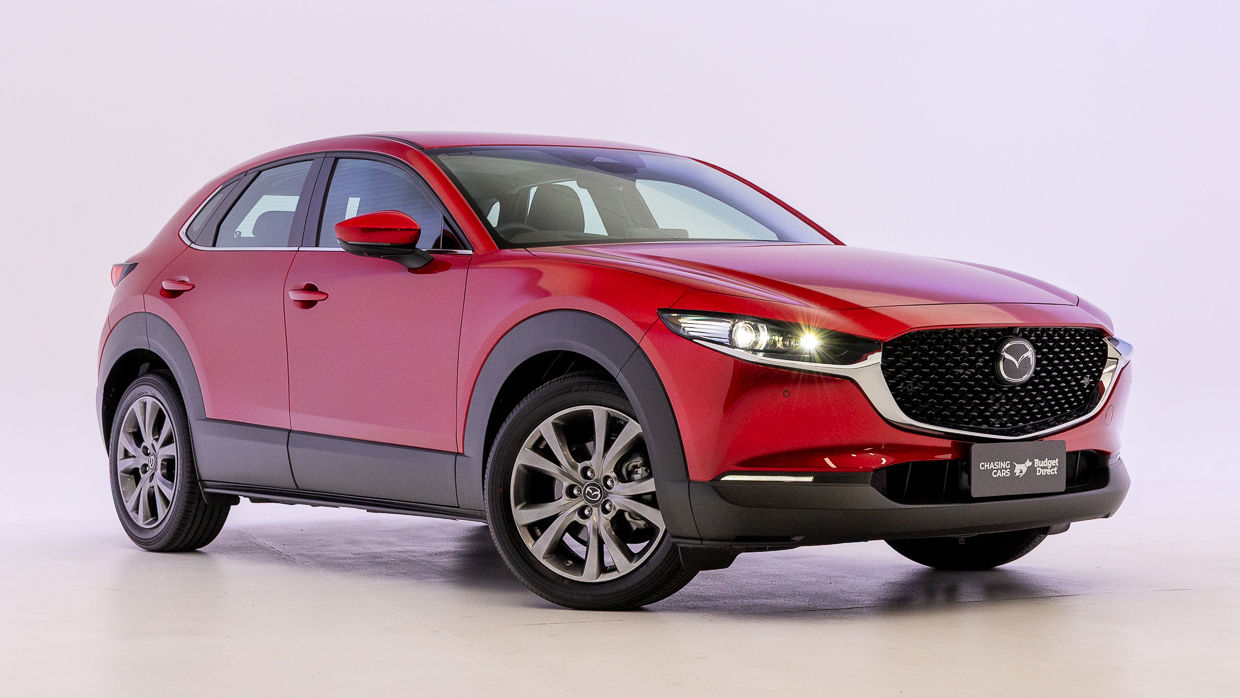
The good news is that the high-grade CX-30 hasn’t really become much more expensive in the past five years since launch, which is more than can be said for many nameplates in showrooms. The bad news is that nor has CX-30 evolved or changed much at all, and it’s feeling increasingly passe with time’s passage because of it.
No turbocharging. No hybridisation. And while the CX-30 remains popular for Mazda, the fact that it lags behind newer, fresher, more tech-forward competitors in its segment shouldn’t be terribly surprising.
Further, areas such as the transmission hiccups and the woeful phone-mirroring media user interface – both areas of critique in the past six years – remain seemingly without amendment now in 2025.

The top-spec Astina was, and still is, far from the value pick of its variant line-up. And that semi-premium drawcard it plays seems less convincing as ever-cheaper yet increasingly fancy emerging rivals come to market.
But buyers with more traditional tastes are still drawn to the CX-30 in droves and, for the most part, it delivers on expectations in the experience, even if it’ll demand a new generation and a powertrain rethink to move forward with the times.
And this is why a once 8.0-out-of-10 prospect is now a 6.5 – at least in pricey FWD Astina guise.
Key specs (as tested)
About Chasing cars
Chasing Cars reviews are 100% independent.
Because we are powered by Budget Direct Insurance, we don’t receive advertising or sales revenue from car manufacturers.
We’re truly independent – giving you Australia’s best car reviews.
The estimate provided does not take into account your personal circumstances but is intended to give a general indication of the cost of insurance, in order to obtain a complete quote, please visit www.budgetdirect.com.au. Estimate includes 15%^ online discount.
^Conditions Apply
Budget Direct Insurance arranged by Auto & General Services Pty Ltd ACN 003 617 909(AGS) AFSL 241 411, for and on behalf of the insurer, Auto & General Insurance Company Limited(ABN 42 111 586 353, AFSL 285 571).Because we don’t know your financial needs, we can’t advise you if this insurance will suit you. You should consider your needs and the Product Disclosure Statement before making a decision to buy insurance. Terms and conditions apply.
Indicative quote based on assumptions including postcode , 40 year old male with no offences, licence suspensions or claims in the last 5 years, a NCD Rating 1 and no younger drivers listed. White car, driven up to 10,000kms a year, unfinanced, with no modifications, factory options and/or non-standard accessories, private use only and garaged at night.
^Online Discounts Terms & Conditions
1. Discounts apply to the premium paid for a new Budget Direct Gold Comprehensive Car Insurance, Third Party Property Only or Third Party Property, Fire & Theft Insurance policy initiated online on or after 29 March 2017. Discounts do not apply to optional Roadside Assistance.
2. Discounts do not apply to any renewal offer of insurance.
3. Discounts only apply to the insurance portion of the premium. Discounts are applied before government charges, taxes, levies and fees, including instalment processing fees (as applicable). The full extent of discounts may therefore be impacted.
4. We reserve the right to change the offer without notice.